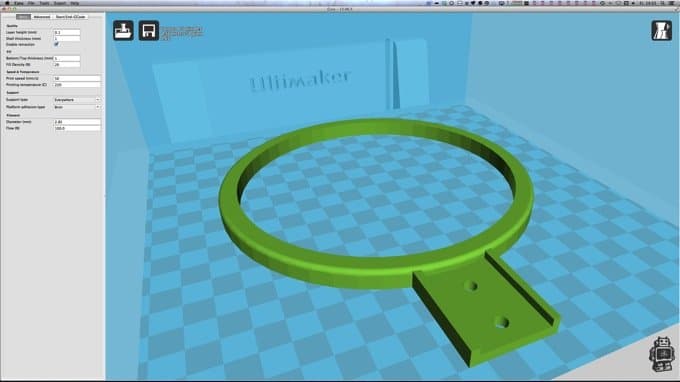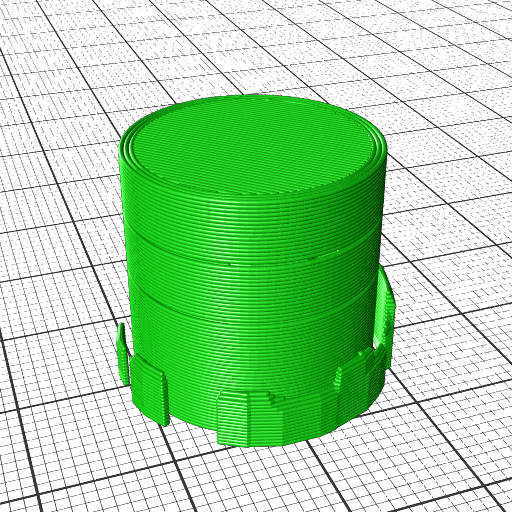
In the example, the infill at the fastener holes is set to 99 %.Īfter slicing, you will see that the infill at the intersections is adjusted accordingly. Please find below another example of a simple bracket that has extra cylindrical objects loaded to create the intersections with the bracket at the fastener holes. What happens is that the volume where the cube intersects with your object is locally sliced with different infill.Locally, with a rotated 2nd cube, the infill % is raised to 100 %. The picture shows a cube on the buildplate with infill 20 %.All is more or less illustrated in the screenshot below Also with "per object settings" (now called: "Per model settings") select the option "infill density".It should overlap with the section that you want to change the infill for. Position the cube to overlap part of your model.Select "Infill Mesh" (now called: "Modify settings for infill of other models") and enable that setting.Select the cube, and use the button "per object settings" on the left side.Import a second object (for example a simple cube).


This is extremely useful for lugs and brackets where you need some extra infill (e.g. So basically, you use other models to intersect with your primary model to create intersections that can take a different infill percentage (please note that you can alter even more options, as long as you add these to the intersecting volume). Alternatively, you can add support blocker cubes that can be used as well. What you need to do is load your model into Cura, then load other objects (models) at the size of the area/volume you want your infill differently and position those at the position you want a different infill. I've used a feature in Ultimaker Cura that can be used to alter the infill density locally. Firstly the implementation in Ultimaker Cura is described, secondly how you can do this in Slic3r. This answer explains that you can have different infill within the same part.


 0 kommentar(er)
0 kommentar(er)
